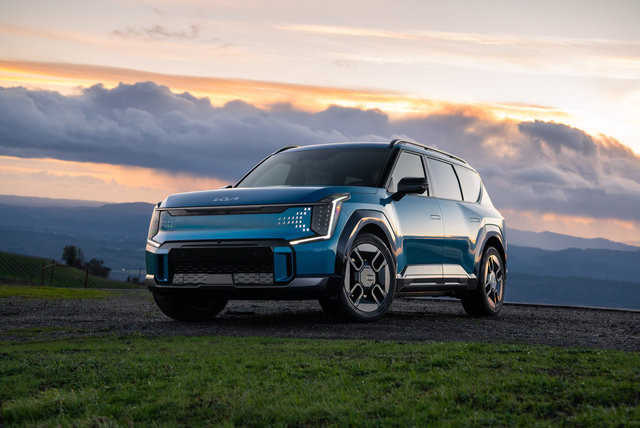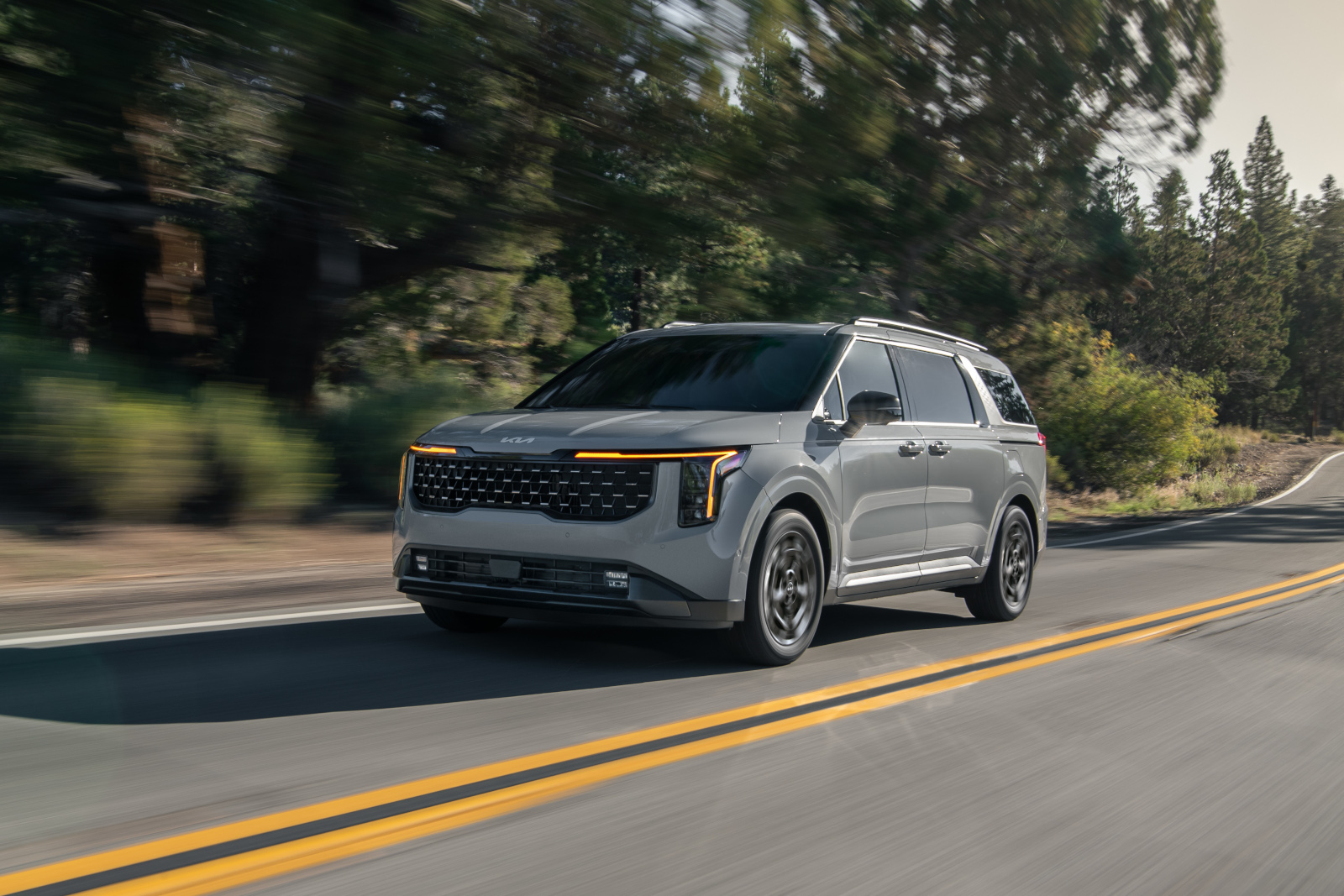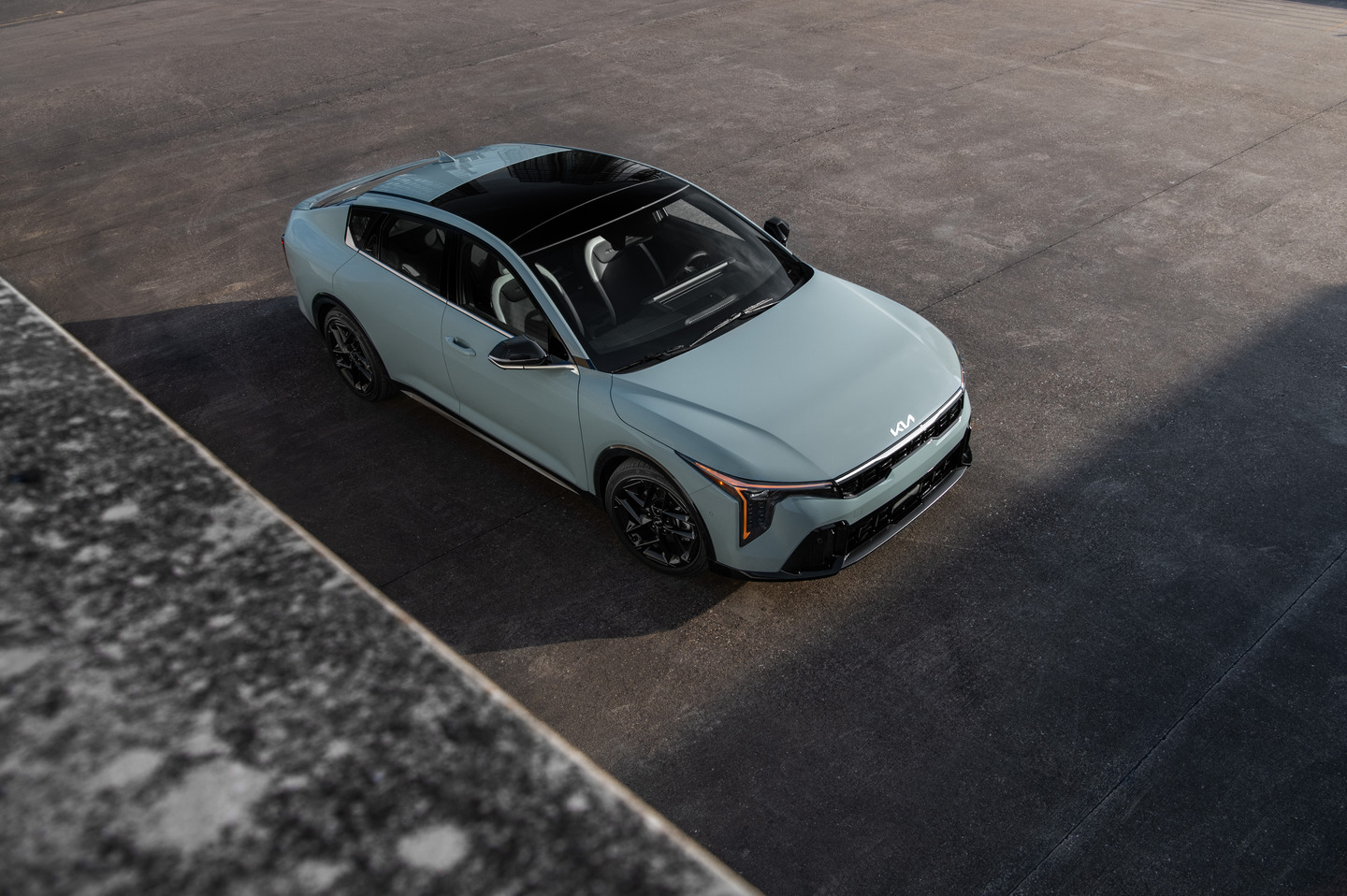Road trips test the true capability of any family vehicle, revealing strengths and weaknesses that might go unnoticed during daily driving. The Kia Carnival HEV transforms these journeys with thoughtful design elements that enhance every aspect of travel for both drivers and passengers. From the impressive 6.9/7.6/7.2 L/100km fuel economy to the spacious interior with up to 4,110 litres of...

Kia's electric vehicle lineup includes three distinct powertrain options: hybrid electric vehicles (HEV), plug-in hybrid electric vehicles (PHEV), and battery electric vehicles (EV). Each type offers specific advantages for different driving patterns and lifestyle needs. Current models integrate advanced technology for Canadian road conditions while maintaining the practical features drivers value in conventional vehicles.
This guide explains the fundamental aspects of Kia's electric vehicles, from charging systems to winter performance capabilities. You'll learn about the differences between various models, how charging works in real-world conditions, and which features matter most for daily driving in Canada.
Types of Kia Electric Vehicles: Understanding Your Options
Kia offers three distinct types of electric vehicles, each designed to accommodate different driving needs and lifestyles. The key difference lies in their powertrains - the components that generate and transfer power to the wheels. Let's examine each type:
A Hybrid Electric Vehicle (HEV) combines the familiar with the innovative, featuring both an electric motor and a traditional gasoline engine. The vehicle's battery charges through regenerative braking, which captures energy typically lost when slowing down. HEVs excel in city driving and stop-and-go traffic, offering improved fuel efficiency compared to conventional vehicles. You'll never need to plug in an HEV - simply fuel up at regular gas stations as needed.
Moving up the electrification ladder, a Plug-in Hybrid Electric Vehicle (PHEV) offers enhanced flexibility. These vehicles can operate in full electric mode for zero-emission driving or switch to hybrid mode for longer journeys. PHEVs feature a larger battery than regular hybrids and can be charged through standard electrical outlets or charging stations, while still maintaining the backup capability of a gasoline engine for extended trips.
The Battery Electric Vehicle (BEV or EV) represents full electrification, running solely on battery power. These vehicles produce zero tailpipe emissions and typically offer lower maintenance costs due to their simpler mechanical structure. With Canada's growing network of charging stations, including rapid charging options, EVs can handle both daily commutes and longer journeys with proper planning.
Charging Your Kia Electric Vehicle: Options and Understanding
Charging infrastructure plays a crucial role in the EV ownership experience, and Kia has ensured compatibility with all major charging options. The three primary charging levels offer different charging speeds and convenience factors:
Level 1 charging utilizes standard 120V household outlets, adding approximately 5-9 kilometres of range per hour. While this method might seem slow, it proves sufficient for overnight charging, especially if your daily commute falls within the Canadian average of 50 kilometres or less.
Level 2 charging steps up the pace significantly, delivering 25-40 kilometres of range per hour through a 240V connection. This option proves ideal for home installation in your garage or carport, enabling full overnight charging for longer daily driving requirements. You'll find Level 2 chargers at numerous public locations across Ontario, including shopping centres and parking facilities.
Level 3 charging, also known as DC fast charging, represents the quickest option, capable of adding over 300 kilometres of range in about an hour. These stations, strategically located along major routes, make longer journeys practical and convenient.
Winter Performance and Real-World Considerations
Canadian winters present unique challenges for any vehicle, but Kia has specifically engineered its electric vehicles to perform reliably in cold conditions. The company's advanced heat pump technology helps maintain consistent range in cold temperatures by recycling waste heat to warm the cabin, setting Kia apart from competitors that might experience significant range reduction in winter conditions.
The actual driving range of your electric Kia will depend on various factors, including driving style, temperature, and terrain. However, with most Kia EVs capable of travelling more than 350 kilometres on a single charge, and the average Canadian driving less than 50 kilometres daily, range anxiety becomes less of a concern for everyday use.
Ready to explore Kia's electric vehicle lineup? Visit Lindsay Kia, where our experienced team can help you discover which Kia electric vehicle best matches your driving needs. Stop by our showroom in Lindsay, Ontario, to experience the future of driving today.
To learn more about Kia’s Electric Vehicle lineup, visit Kia.ca
Other Articles That May Interest You
The compact sedan segment has two notable contenders for 2025: the all-new Kia K4 and the refreshed Mazda3. Both vehicles offer unique features and design elements, but the Kia K4 establishes new benchmarks for technology, spaciousness, and safety in its class. This comparison examines how these two vehicles differ in design, technology, comfort, and safety features. Bold Design Statements The...
Accessorizing your Kia delivers better results and value when components are selected to work together. Factory-designed accessories ensure perfect fitment, durability, and warranty protection that aftermarket alternatives simply can't match. But purchasing these accessories individually can quickly add up. That's where accessory bundles make a significant difference. These curated packages...





